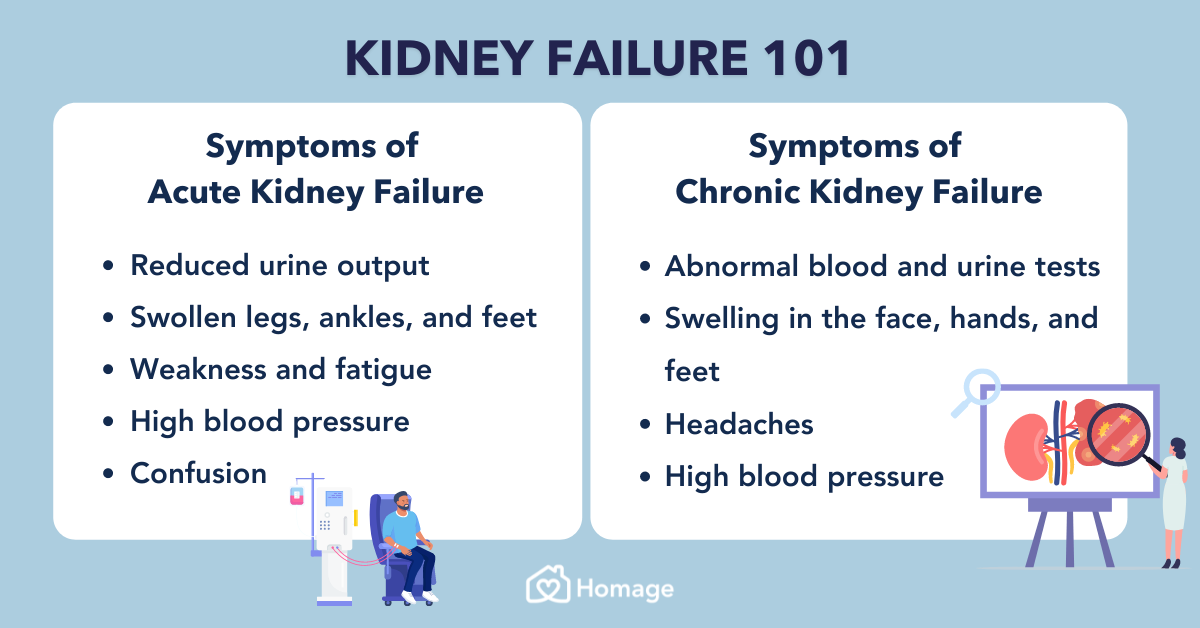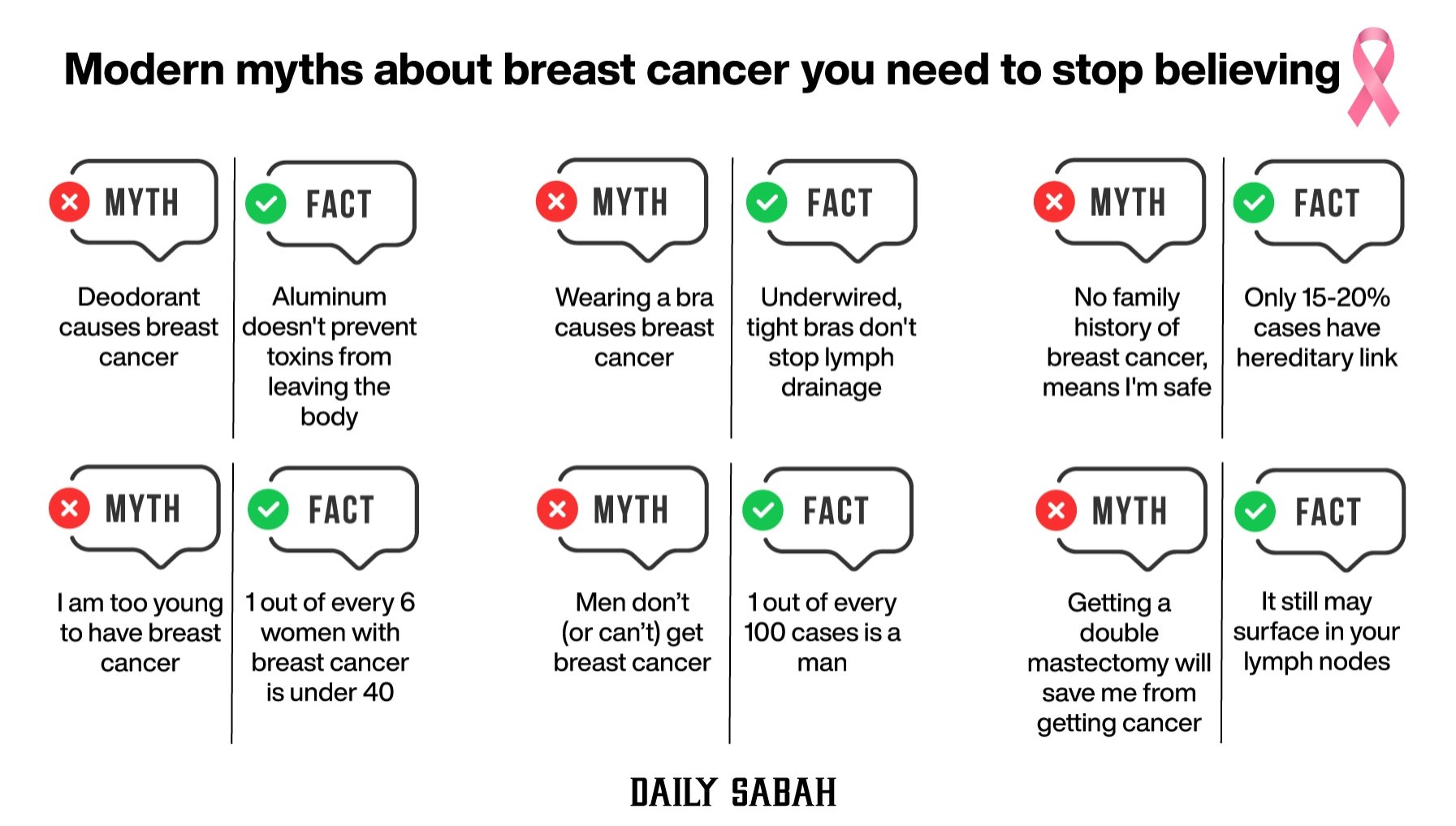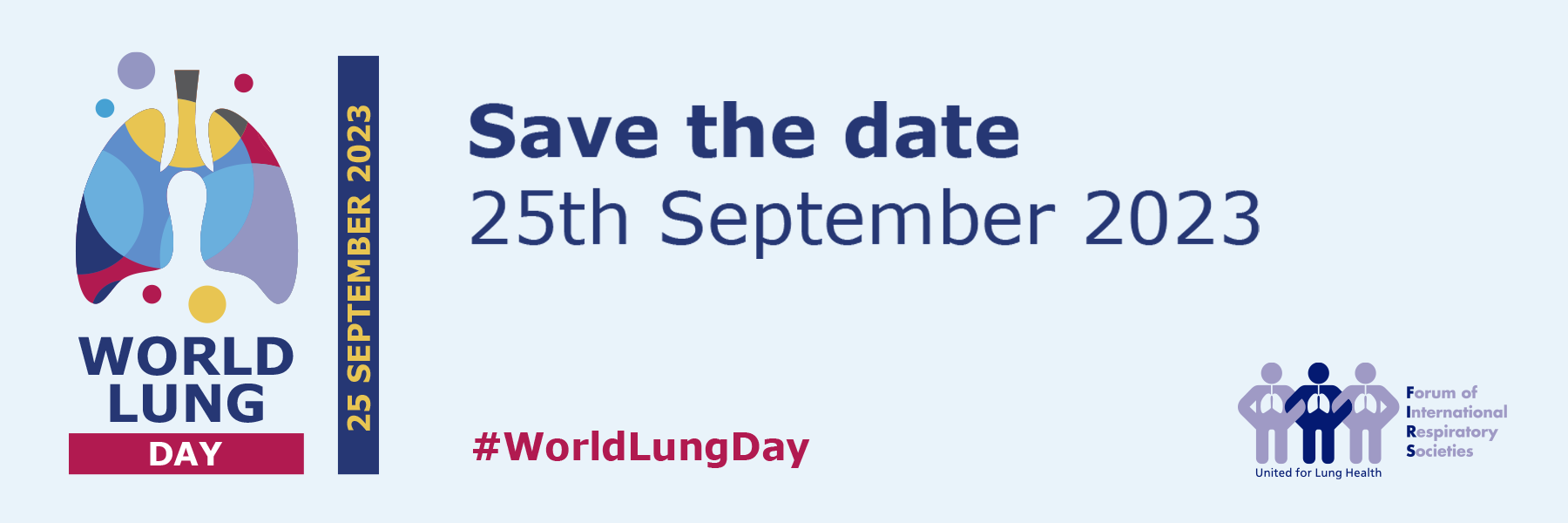There are two different types of acute or chronic kidney failure, which can affect one or both kidneys. Kidney failure is a very serious state. The kidneys are very important parts of the body. They clean the blood, clear out toxins, and get rid of waste through urine. The point of this piece is to look into the subtle differences between acute and chronic and show how they are different.
Acute Kidney Failure: The Quick Start
Centro Medico ABC explained that the difference between acute and chronic kidney failure is based on how long the condition lasts.
Kidney Failure Suddenly
Acute kidney failure, which is also called acute kidney injury, happens quickly and marked by the kidneys losing their ability to clear waste out of the blood and make urine. This sickness spreads quickly; it can happen in just a few days, depending on what caused it in the first place.
Acute can caused by many things, such as being severely dehydrated, having an illness, or taking medicines that are bad for the kidneys. People who are hospitalized, particularly those with serious illnesses that need intensive care, often have this type of kidney failure.
Finding acute early is very important for avoiding problems, and it is known to be a major risk factor for developing chronic kidney disease.
Signs of Short-Term:
- Feeling lost
- Less urine production
- Pain in the chest
- Being unable to breathe
- Energy Loss Nausea
- Keeping fluids in
- Heart beats not regularly
- Having seizures
- Coma in very bad cases
The main reason for most of the signs of acute is that uremic toxins build up and spread to other organs and systems. In the early stages, symptoms might not be obvious. And then, they might only found through lab tests that aren’t link to the disease.
The Slow Decline of Chronic Kidney Failure
Chronic kidney failure, also called chronic kidney disease, is a situation in which kidney function slowly and permanently decreases over more than 12 weeks. When kidney function drops below 60%, symptoms start to show up. And then, as function drops below 15%, symptoms become more serious.
Signs of Long-Term:
- Spasms in muscles
- Loss of mental speed
- Pain in the chest
- Being unable to breathe
- Feeling tired
- Swelling in the feet or legs
- Uncontrolled high blood pressure
- Changes in the way you urinate (urinating a lot during the day and night)
- Vomiting and feeling sick
- Not wanting to eat
- Having trouble sleeping
Skin that is dry
Because the signs of chronic kidney failure aren’t always clear, they may caused by other diseases, which can delay the diagnosis. Problems like anemia and problems with mineral and bone processing are common in people with chronic kidney disease, which makes their health even worse.
Chronic usually think to incurable. The treatment need when kidney function goes below 15%. People who have either short-term or long-term kidney failure may need an organ donation or dialysis to stay alive. It is very important to know the differences between acute and chronic the disease in order to find and treat them quickly and improve the general outlook for people who have them.




